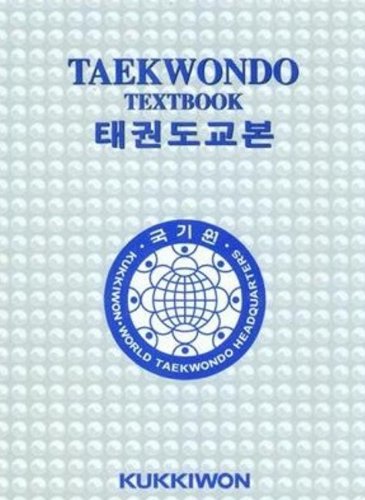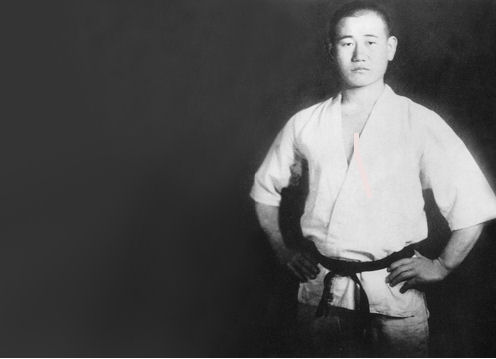 The title is slightly misleading since I have included from I started with "This months quote" in November 2013.
The title is slightly misleading since I have included from I started with "This months quote" in November 2013. From December 2014 I started sharing the quotes in a slightly new way, embedding it inside a
picture instead of just using plain text. How do you like this new format?
I write about so many different things on this blog, and while all are closely related to my studdies of Taekwondo I have greatly enjoyed this series (quote of the month) as it has been so fun to find these quotes all over the internet, my own books, discussion forums, study group, email exchanges and so many more places.
I decided early on after a few "Quote posts" that republishing them together in one post at the end of the year would make a great "last post" of 2014. Read through them and gain from them what you can. Thank you for reading this blog:-) Happy New Year:-)























